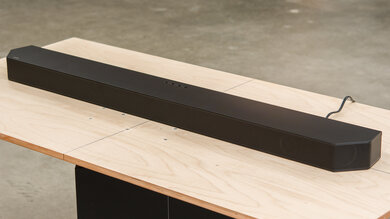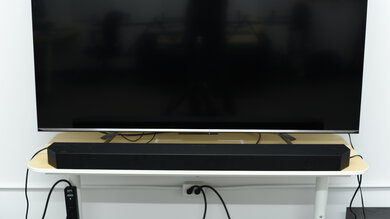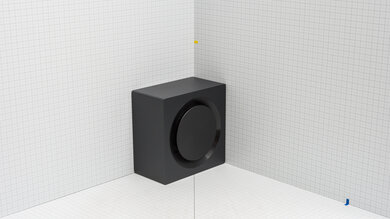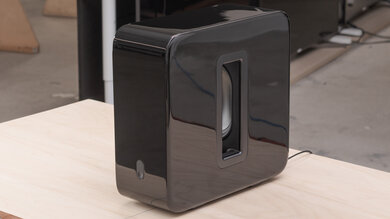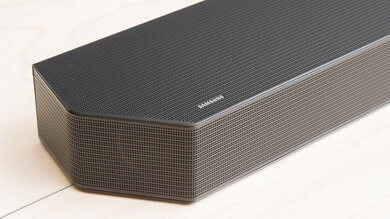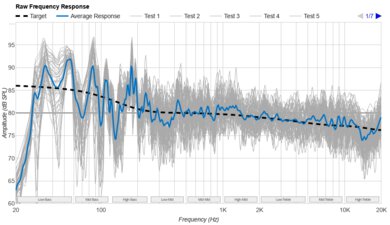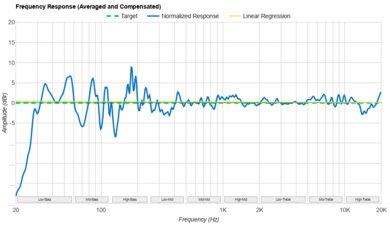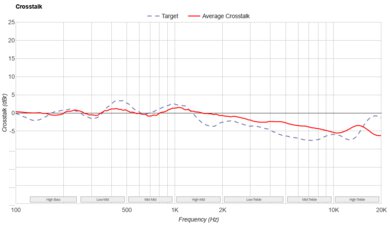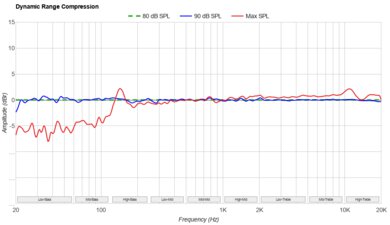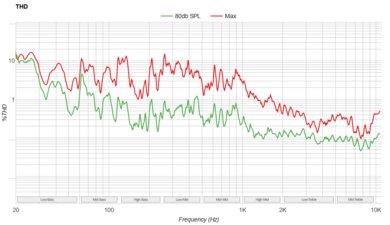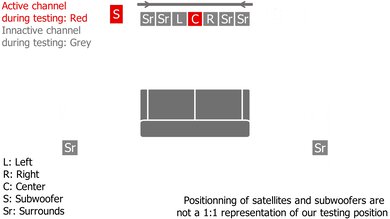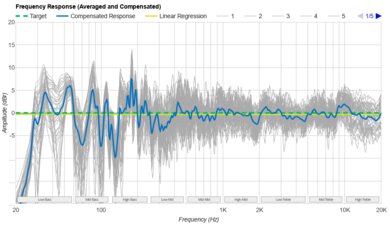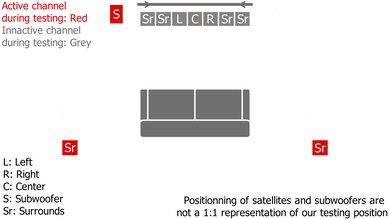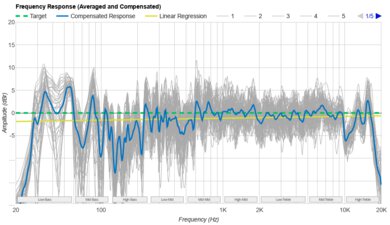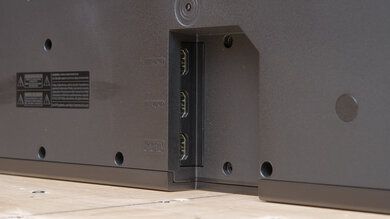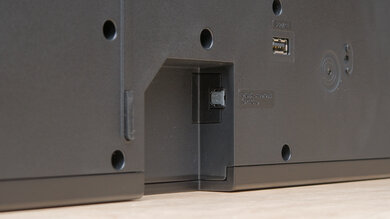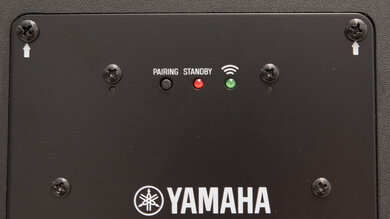Our Verdict
Mediocre for mixed usage. The Klipsch Bar 48 has a bright sound profile that won't be great for bass-heavy music and movies. It also lacks support for height channels, and won't give you an immersive listening experience since it's going to downmix surround sound content. The Bar 48 soundstage is also a bit disappointing and fairly narrow. It will perform best with stereo voice-oriented content like podcasts and audiobooks.
- Decently well-built.
- Discrete center channel.
- Stylish wooden design.
- Lacks bass.
- Poor surround performance.
- Few connection options; no HDMI In inputs
Decent for dialogue and TV shows. This soundbar has a fairly bright sound profile that lacks bass but performs accurately in the mid-range. It can also get very loud and supports a Dialogue Enhancement feature to get an even better listening experience, especially at lower volumes. You can also stream content from a smart device easily via Bluetooth, like podcasts and audiobooks.
Mediocre for music. This soundbar has a very bright sound profile. Although it has a subwoofer, it lacks sub-bass and is overall disappointing with music, especially with bass-heavy genres. Its soundstage is also smaller than the bar and won't compare to tower speakers. While it can get very loud, which is good for large rooms and crowded environments, the Bar 48 distorts and doesn't reproduce a clean sound, even at a normal and moderate listening volume.
Mediocre for movies. The Klipsch Bar 48 lacks bass and won't give you an immersive feel as it doesn't do well with surround channels. The soundstage is also fairly narrow and it doesn't have height channels. All 5.1 content will be downmixed to stereo due to its 3.1 configuration. It also lacks a room correction feature, so it might perform differently depending on your room. On the upside, it does fairly well with content on the center channel due to its discrete localization.
Changelog
- Updated Mar 30, 2021: Converted to Test Bench 1.0.
- Updated Sep 27, 2019: Review published.
Check Price
Popular Soundbar Comparisons
The Klipsch Bar 48 stands aside by its unique design and looks rather than its performance. Unfortunately, even with a dedicated subwoofer, it lacks bass and its overall performance is quite disappointing. See our recommendations for the best soundbars, the best soundbars with a subwoofer, and the best soundbars 5.1.
The Klipsch Cinema 600 is a better soundbar than the Klipsch Bar 48. The Cinema 600 has a more neutral sound profile and a better soundstage performance. However, the Bar 48 is better built.
The Klipsch Cinema 400 is a better soundbar than the Klipsch Bar 48. The Cinema 400 has a more neutral, balanced sound profile, so it's suitable for lots of different types of audio content. However, the Bar 48 is better built, and it has a better center channel performance thanks to its 3.1 setup.
The Klipsch Cinema 800 is better than the Klipsch Bar 48. The Cinema 800 supports Dolby Atmos content, unlike the Bar 48. The Cinema 800 also has a better soundstage and a more neutral sound profile out-of-the-box. However, the Bar 48 is better built.
The Sonos Arc is better than the Klipsch Bar 48. The Sonos is a 5.0.2 setup, is better built, and supports Atmos content. It has better soundstage and surround performances and built-in voice assistant support. It even comes with some more sound enhancement features, like room correction. However, the 3.1 Klipsch comes with a dedicated sub, and it reproduces a more extended low-bass.
Test Results


